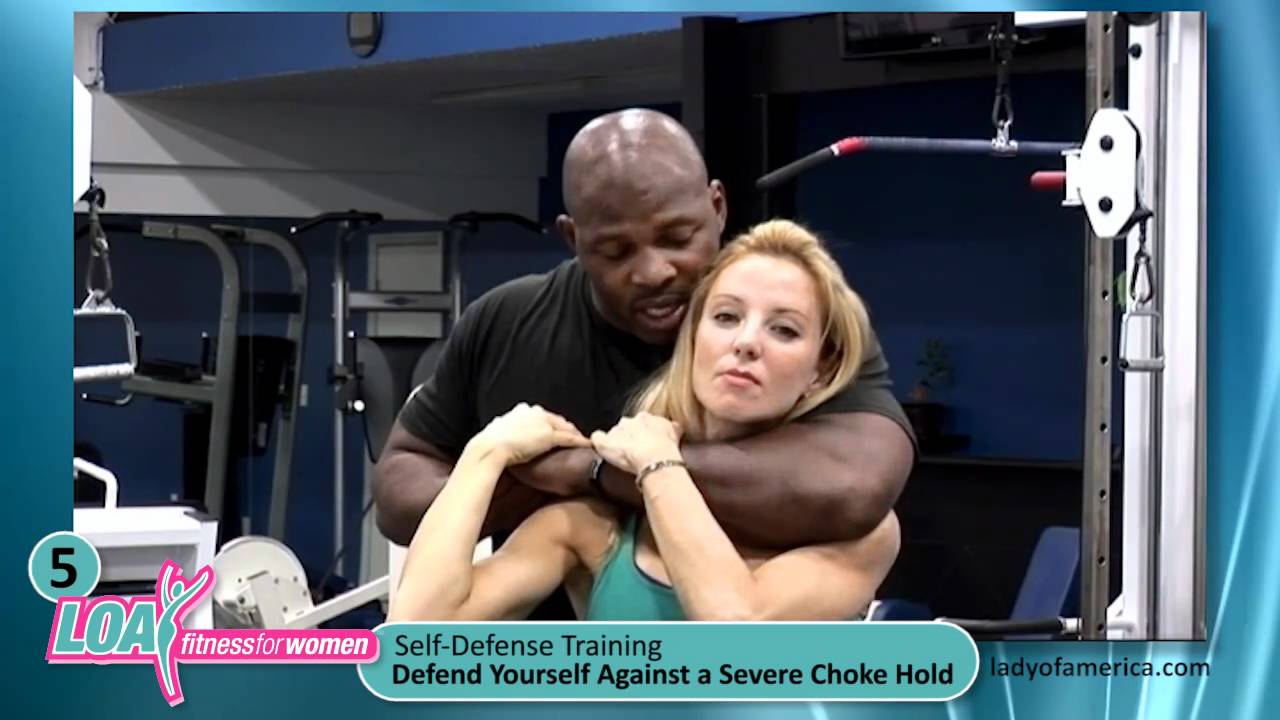Womens Self Defense
"A Comprehensive Guide to Non-Lethal Self-Defense Weapons"

In today’s uncertain world, personal safety has become a priority for many individuals. Non-lethal self-defense weapons provide a way to protect oneself without resorting to deadly force. This guide explores various types of non-lethal self-defense tools, their effectiveness, and legal considerations.
Understanding Non-Lethal Self-Defense
Non-lethal self-defense weapons are designed to incapacitate an attacker temporarily, allowing the victim to escape. While less than lethal, they still carry risks and should be used responsibly. The effectiveness of these tools often depends on the user’s level of training and knowledge of the situation.
Common Types of Non-Lethal Self-Defense Weapons
-
Pepper Spray
- Description: A spray containing capsaicin, an active component of chili peppers, that induces temporary blindness and intense pain.
- Advantages: Easy to carry, widely available, and effective at a distance.
- Considerations: Wind direction can affect its efficacy; training on usage is recommended.
-
Personal Alarms
- Description: Devices that emit a loud sound when activated, drawing attention to the situation.
- Advantages: Can deter attackers and alert others for help.
- Considerations: Their effectiveness may depend on the environment (e.g., loud areas might drown them out).
-
Tasers and Stun Guns
- Description: Devices that deliver an electric charge to temporarily incapacitate an attacker.
- Advantages: Effective at close range and can immobilize an assailant for several minutes.
- Considerations: Legal restrictions vary by location; proper training is essential for safe use.
-
Batons and Expandable Clubs
- Description: Blunt weapons that can be used to strike or block attacks.
- Advantages: Can provide a sense of security when carried and are versatile in use.
- Considerations: Misuse can lead to serious injury; legal regulations may limit where they can be carried.
-
Self-Defense Keychains
- Description: Small devices that can be used for striking or as an improvised weapon.
- Advantages: Discreet and easily accessible.
- Considerations: Effectiveness largely depends on the user’s ability to apply force.
- Personal Defense Training
- Description: While not a physical weapon, skills in martial arts or self-defense techniques can be crucial.
- Advantages: Empowers individuals with confidence and skills to handle confrontations.
- Considerations: Requires time and commitment to become proficient.
Legal Considerations
When considering non-lethal self-defense weapons, understanding the legal landscape is crucial:
- Local Laws: Regulations surrounding non-lethal weapons vary significantly from one jurisdiction to another. Always check the local laws regarding purchase and carry permits.
- Responsible Use: Non-lethal doesn’t mean risk-free. Users must be aware of the potential for unintended consequences, including legal repercussions for misuse.
- Training and Education: Many jurisdictions recommend or require training for the responsible use of certain weapons (e.g., pepper spray, tasers).
Choosing the Right Non-Lethal Weapon
When selecting a non-lethal self-defense weapon, consider the following:
- Personal Comfort: Choose a weapon that you feel comfortable carrying and using.
- Situational Awareness: Consider the types of threats you might face in your environment.
- Legal Compliance: Ensure that your chosen weapon complies with local laws.
Conclusion
Non-lethal self-defense weapons can empower individuals to protect themselves without resorting to lethal force. Understanding the various options, their proper use, and the legal implications is crucial for effective personal safety. Ultimately, the best defense involves a combination of self-awareness, preparedness, and knowing when to seek help. Always prioritize de-escalation and avoidance to keep yourself safe in uncertain situations.
Womens Self Defense
Uniting for Justice: Community Organizations Push for Stronger Self-Defense Legislation

Uniting for Justice: Community Organizations Push for Stronger Self-Defense Legislation
In recent years, the dialogue surrounding self-defense laws has grown more complex and critical, highlighting the need for a re-examination of legal frameworks that govern individual conduct during life-threatening encounters. As issues of personal safety, inequality, and the right to self-defense collide, community organizations across the nation are uniting to advocate for stronger self-defense legislation that not only protects individuals but also addresses systemic injustices.
The Current Landscape
Self-defense laws vary widely from state to state, resulting in a patchwork of regulations that can often leave marginalized communities under-protected. Some states have “Stand Your Ground” laws which give individuals the right to use force without the duty to retreat when threatened. Meanwhile, others adhere to more traditional “Duty to Retreat” principles, requiring individuals to avoid confrontation when possible. This inconsistency can lead to unintended consequences, particularly for people of color and those from lower socioeconomic backgrounds, who might be disproportionately criminalized in self-defense situations.
The Call for Reform
In response to these disparities, community organizations are rallying for legislative change. Groups focused on social justice, civil rights, and public safety are coming together to craft proposals aimed at reforming self-defense laws. These advocates argue that it is essential not only to ensure the right to defend oneself but also to create an equitable legal framework that reduces bias in how self-defense cases are prosecuted and adjudicated.
Key Proposals
-
Enhanced Training and Awareness: One significant proposal advocates for mandatory training in self-defense laws for both civilians and law enforcement. Understanding the legal implications of self-defense can empower individuals to make informed decisions during high-pressure situations.
-
Bias Review Measures: Community organizations are pushing for legislative measures that require law enforcement to undergo training on implicit bias and the historical context of self-defense laws. This could mitigate the risk of racial profiling and ensure that self-defense claims are evaluated fairly.
-
Legal Support and Resources: Providing legal resources and support for individuals who defend themselves can help level the playing field. Advocates suggest establishing funds or programs that can assist with legal fees for those who may not otherwise afford representation in self-defense cases.
- Community Dialogues: Engaging community members in discussions about self-defense can foster better understanding and cooperation. Organizing community forums to discuss individual rights, responsibilities, and personal safety can build trust and provide critical information.
Building Coalitions
Collaboration is at the heart of this movement. Organizations with differing focuses—such as gun rights advocates, domestic violence shelters, youth mentorship groups, and racial justice organizations—are finding common ground in the belief that self-defense is a fundamental right that must be accessible to everyone.
These coalitions are also crucial in countering misinformation about self-defense laws and their implications. By working together, they can foster a more informed public debate and promote legislation that is both just and effective.
The Path Forward
As these community organizations continue to push for stronger self-defense legislation, the conversation around justice, equity, and individual safety remains crucial. Advocates emphasize that any reform must be carefully crafted to protect the rights of all individuals while also addressing the underlying societal issues related to violence and safety.
In conclusion, the united effort of community organizations in advocating for stronger self-defense legislation reflects a growing commitment to justice that transcends traditional divides. By prioritizing equity and informed discourse, these groups are not only advocating for change in the law but are also championing the dignity and safety of every individual in society. The path to reform may be arduous, but the collective action of committed organizations can drive meaningful change in ensuring that self-defense rights are upheld for all.
Womens Self Defense
Self Defense Training For Women In A Bar Scene Or Walking The Mall — Lady Of America

http://www.ladyofamerica.com This is the last of the Lady of America Fitness for Women self defense training videos. This video is …
source
Womens Self Defense
One Punch Man #Selfdefense #Womens selfdefense #Defeat the enemy with one move #Selfdefens
-

 Womens Self Defense11 months ago
Womens Self Defense11 months agoNew Legislation Empowers Women to Defend Themselves
-

 Self Defense News1 year ago
Self Defense News1 year agoShe was convicted of killing her abusive boyfriend. Now a Maple Grove woman is home awaiting a new trial.
-

 Self Defense News1 year ago
Self Defense News1 year agoSelf-Defense for All: The new Gracie Jiu-Jitsu Pasadena is for everyone | Online Features
-

 Womens Self Defense1 year ago
Womens Self Defense1 year agoTop 5 Self-Defense Techniques Every Woman Should Know
-

 Womens Self Defense7 months ago
Womens Self Defense7 months agoUnderstanding State-by-State Variation in Self Defense Laws
-

 Womens Fitness1 year ago
Womens Fitness1 year agoXtreme Bodyweight HIIT (Lots of Jumping!) | Joanna Soh (Fio Series)
-

 Womens Preparedness1 year ago
Womens Preparedness1 year ago10 essential skills for surviving in the great outdoors
-

 Womens Preparedness1 year ago
Womens Preparedness1 year agoEmpower Yourself: A Guide to Female Survival Planning






